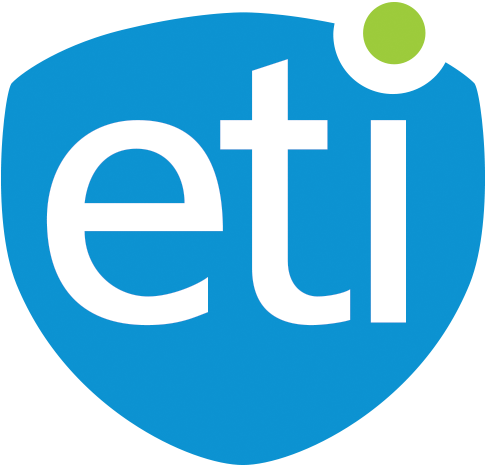Band 48 devices operate within the CBRS gateway. They are installed on houses and businesses to help deliver video, voice, data, and IoT communications to a wired access network. This includes both Wi-Fi connections and Ethernet-LAN connections. Within this framework, the Band 48 device will act as a gateway of sorts so that equipment can operate within both the 4G and 5G spaces.
What Are Band 48 Devices?
Band 48 Devices or Band 48 CBRS (Citizen’s Broadband Radio Service) is often called a private LTE. It falls within the frequency band of 3.5GHz. In the United States and most of the world, this falls into the LTE spectrum.
LTE technology is a modernized range that serves a wider range than others, covering 450 MHz up to 3.8GHz. It supports both FDD (Frequency Division Duplex) and TDD (Time Division Duplex).
ETI Software can help in many other areas of Band 48 device management, Band 48 software upgrades, and more. ETI’s Unified Device Management software can help telecommunications companies visualize problems related to these devices and ensure that companies stay in compliance. For example, Unified Device Management helps companies to see where their customers are in relation to the towers they have and the spectrums. They are able to track the service they are getting works properly and remains at consistent speeds.
What Are The Benefits Of Using Band 48?
There are a few different reasons why telecommunications companies and other organizations want to use Band 48 devices. They tend to have better capacity so that they can carry more devices at the same time, making them work over larger distances. They also provide optimized services that reduce customer churn and lead to improved bandwidth and latency.
Band 48 devices have been manufactured so that they have interoperability, which means that they can communicate with each other regardless of who manufactures them. Of course, since this is a new technology, people are still learning about all of the benefits of Band 48 devices, but it seems clear that switching is a good idea.

